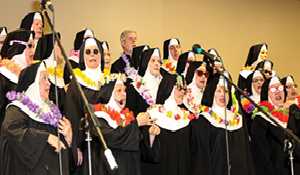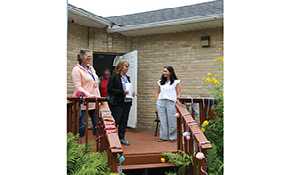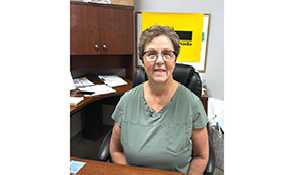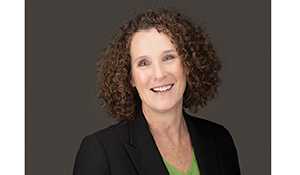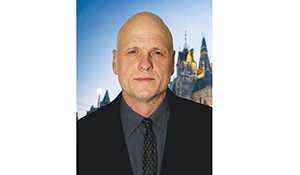What voters need to know as they head to the polls for the provincial election
September 30, 2024, 9:42 am
Ryan Kiedrowski, Local Journalism Initiative Reporter
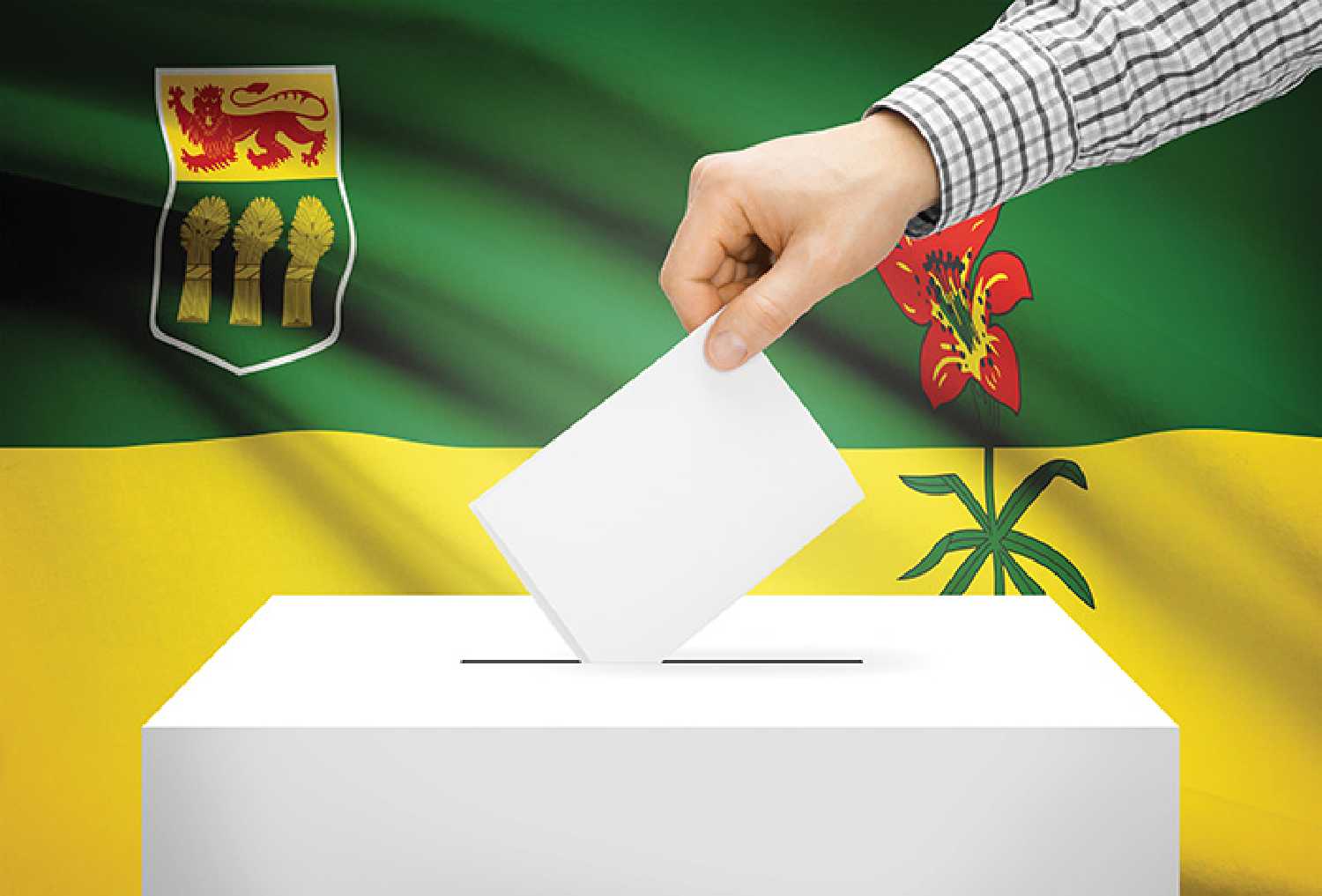

As Saskatchewan voters head to the polls this October to vote in the provincial election, they may be wondering what they need in order to be eligible to vote.
The last time an election happened in Saskatchewan, the world was dealing with a pandemic—adding challenges to the electoral process. This time, Election Saskatchewan is hoping for a smoother voting process.
“What we focus on is removing barriers to voting,” said Tim Kydd, Senior Director of Outreach and Communications with Elections Saskatchewan. “We do that in a lot of different ways, and certainly in 2020 it was heightened to a whole other level by running an election during a pandemic. That was very challenging for us. It was challenging for voters, for our workers, and we’re certainly seeing a different experience here in 2024. It feels a little bit more like 2016 than 2020 simply because we’re not in a pandemic right now.”
What that barrier removal entails is looking at why people don’t turn out to vote other than simply making the choice not to vote.
“Vote by Mail has been something that we’ve really focused on for the past few months,” Kydd noted. “We opened up our online application process for Vote by Mail in June, because it is a two step process, and you can apply early. Part of that application process is verifying your ID, and we do that, once we have you approved, then when we’re in the official election period, we mail out the vote by mail packages.”
Kydd says there have been ‘thousands and thousands’ of applications already being processed.
“It’s a convenient, safe, secure option for voting in person,” he said. “It’s a great option for anyone who is has a distance to travel or chooses not to travel to a voting location, they’d rather do it from their own home; students who are away studying; anyone working out of province or on an early winter vacation starting in October. It’s a great option for many people.”
The three big criteria for people to be considered an eligible voter are: being a Canadian citizen, having reached the age of 18 on the final day of voting (Oct. 28), and ordinarily being a resident of Saskatchewan for the past six months.
While government-issued photo identification is a good idea to bring along, having a piece of ID with your picture on it is not mandatory.
“What we require are two things: name and address,” Kydd said. “So a driver’s license is perfect, because it’s one of the few pieces that has both. If you don’t have a valid driver’s license, then you bring one piece with your name—it could be a passport or health card—and then something that has your address like a utility bill or a bank statement.”
A Saskatchewan driver’s license seems to be the most often used form, though, as Kydd estimated 90 per cent of voters show their license.
“We’re also working on securing all our voting locations,” noted Kydd. “You look at Moosomin-Montmartre, it’s a very long, horizontal constituency, and we’ll have early voting from places such as Grenfell and Indian Head, Moosomin, and Whitewood. And then on the last day of voting, if a voter waits until the last day to vote, they have to vote at their assigned location, and that could be anywhere from as far west as Vibank and Odessa to Fleming or Rocanville. Those early days of voting, a voter can vote at any location in their constituency, but it’s on the last day of voting that a voter has to go to their assigned location. And that assigned location is on your voter information card that will be worked on and be mailed out once the election is officially underway.”
For those who may not even think of the election until they see the ‘vote here’ signs, walk-ins are welcome.
“Registering ahead of time just makes things faster when you show up to vote in person, because you don’t have to register, you will have received your voter information card in the mail as long as we have your current address, because that’s where we mail it to,” explained Kydd. “If you don’t register, absolutely you can still vote. You simply show up in person to vote. You go to the registration table first, and you register on the spot, and then you’re able to vote from there.”
He also encourages anyone who has moved within the last year to update their voter registration information on the Elections Saskatchewan website (elections.sk.ca), which also features a wealth of general information about the provincial election.
There’s also a continued need for election workers, with information on that process also available through the Elections Saskatchewan website.
“In particular in rural areas we tend to need more election workers because we have more voting locations, because there are more small towns and communities,” Kydd said. “So whether you’re in the Moosomin-Montmartre constituency or Cannington just south of you, if you’re interested in working for the day or for that week, we’d love to have you. All of the jobs are an online application process now—there’s no more emailing or sending in a resume and cover letter—you simply fill out the online application, and we’d love to hear from you.”
All positions are paid with training provided.
“It is a very challenging role in that we have a lot of people who come back every four years to work an election,” noted Kydd. “They may remember a lot of things from previous, but processes change with different efficiencies coming into play, and so the training is important. And certainly there’s a public expectation that when they come to a voting location, that that worker—even though they only might be there one shift every four years—that they’re trained and they know exactly what they’re doing.”












